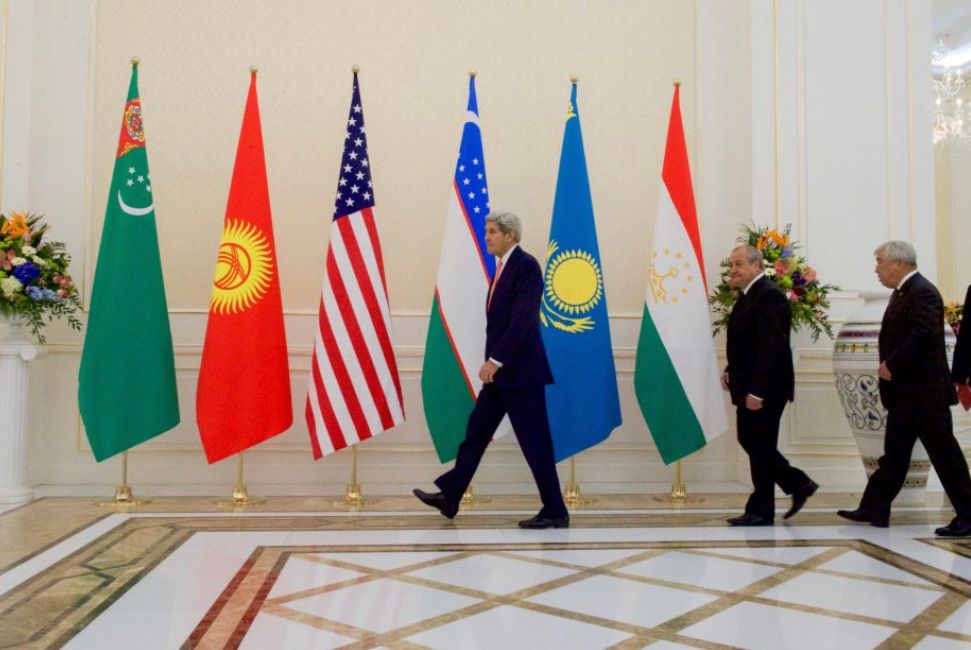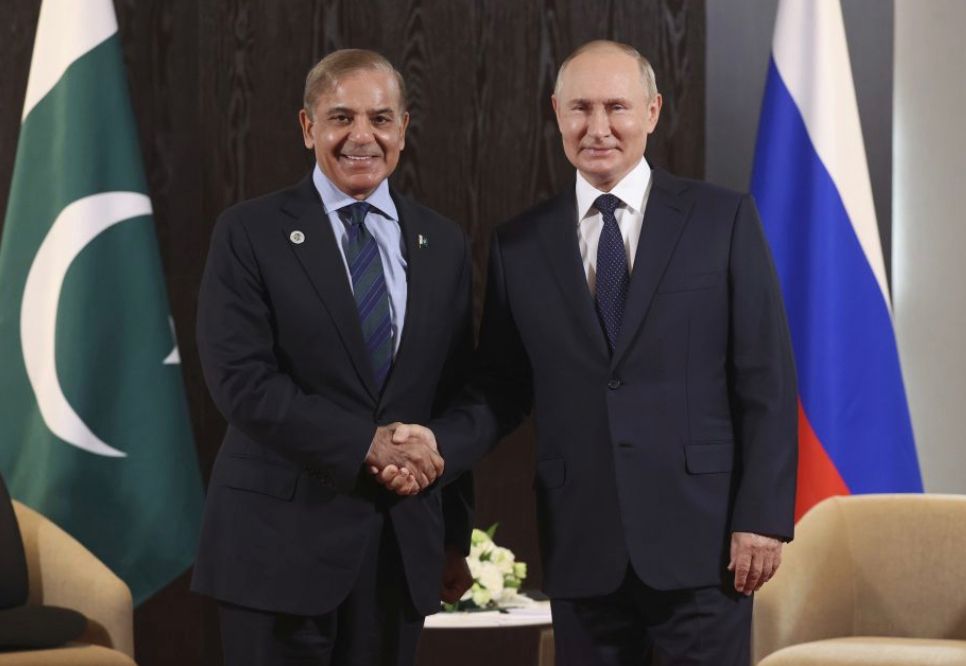The format, first launched in 2015, brings together the five Central Asian foreign ministers with the U.S. secretary of state. The United States is not alone in approaching Central Asia regionally: Japan has done so since 2004 with its Central Asia Plus Japan format, Europe has held at least 18 meetngs and also Russia.
Lu acknowledged that the upcoming C5+1 comes against the backdrop of the one-year anniversary of Russia’s invasion of Ukraine. On February 23, 2023, the UN General assembly reached a resolution calling on Russia to end the war and leave Ukraine. While the resolution was overwhelming approved — 141 to 7 — among the 32 abstentions were all five Central Asian states and India, the destinations of Blinken’s upcoming trip.
When asked about this area of friction, Lu was frank: “It’s clear to us that the countries of Central Asia, and India, have had long, complex relations with Russia. I don’t think they are going to end those relations any time soon, but we are talking to them about the role that they can play in this conflict.” Lu then highlighted the large amounts of humanitarian aid Central Asian countries and India have sent to Ukraine and their speaking out regarding territorial integrity, independence, and sovereignty.
He continued by adding that we may not share the same approach every day on Ukraine, but we do share the goal that this conflict end based on the principles of the U.N. charter.
More broadly, Lu stressed that the United States was not seeking to ask the countries of Central Asia, or the Indo-Pacific, to choose between the United States and Russia and China. Instead we are interested in showing that United States has something to offer, that we can be a reliable partner, he insisted.
He furthur added that he do think the countries there want to see a role there for the United States, for Europe, for Turkey, because they can see that we have something to offer in terms of engagement, economically, but we also have something to offer in terms of the values that we bring to the table. We’ll have that on display during the secretary’s visit.
Beyond politics, all five Central Asian states struggle with freedom of speech issues, in particular. There’s nothing new about these difficulties, however, and it seemed from Lu’s comments that the United States remains interested in pursuing engagement with the region, with an eye on the geopolitical. He said the secretary’s upcoming trip will draw a line under how our engagement is different from the engagement of Moscow and Beijing.
Blinken’s brief trip to Central Asia next week may ultimately be subsumed by news related to the second half of the trip, particularly the G-20 Foreign Ministers’ Meeting in New Delhi, which the Russian and Chinese foreign ministers are expected to attend as well. That said, it’ll be worth watching closely how Blinken, and the United States, navigate a values-based foreign policy through the autocratic waters of Central Asia. There are certainly opportunities for the United States to present itself as an additional partner to the region, but the Central Asian capitals will have their own agendas, too.
















